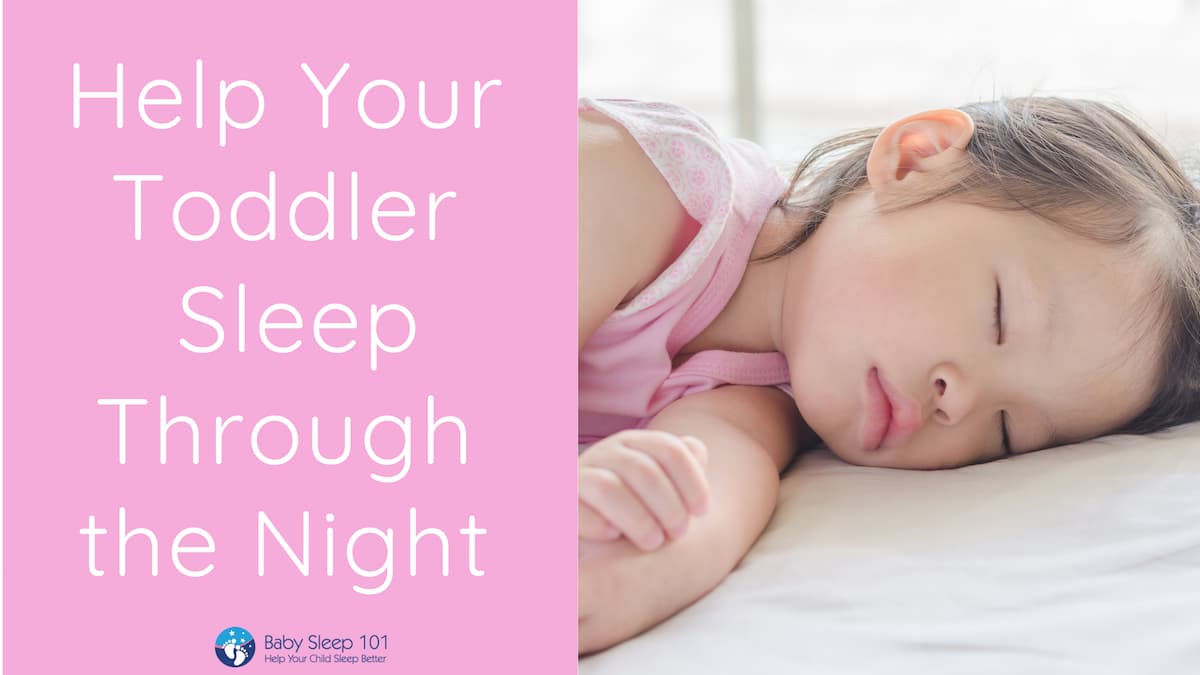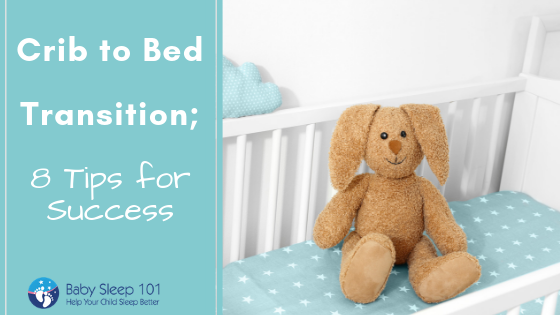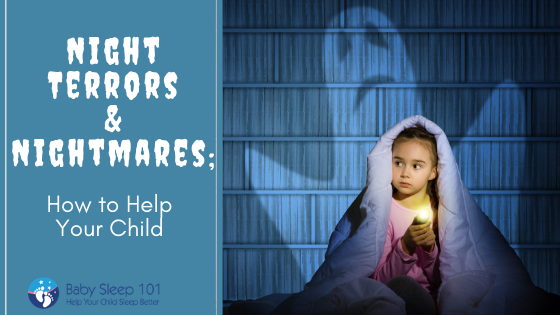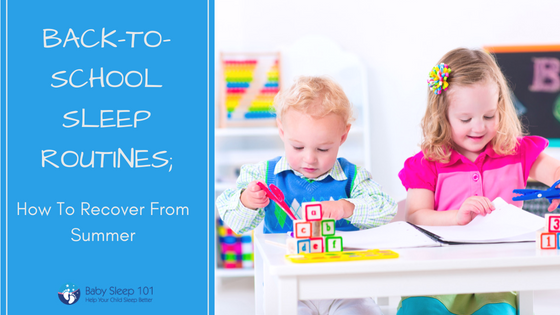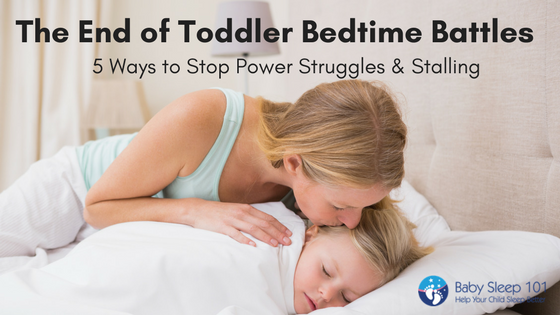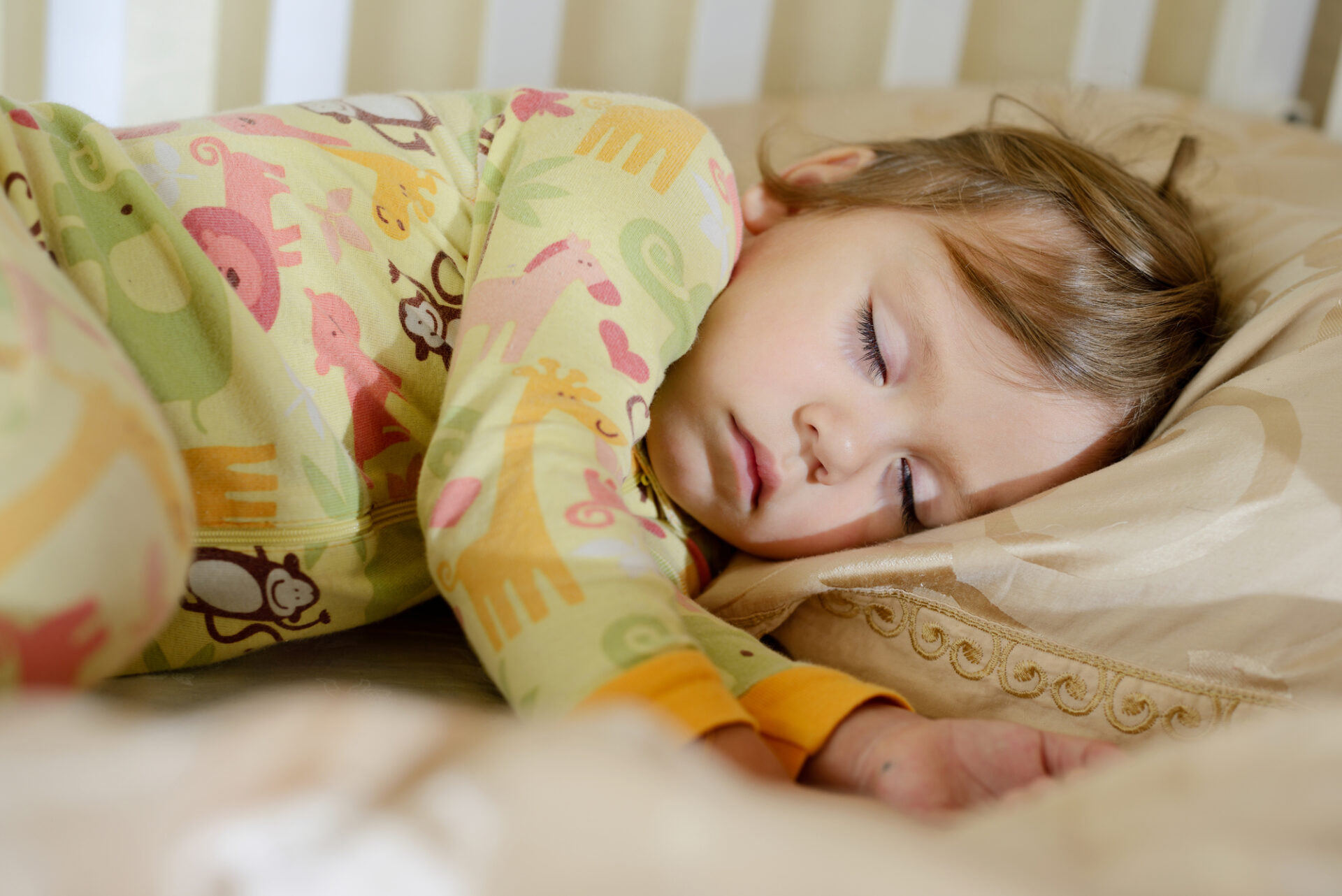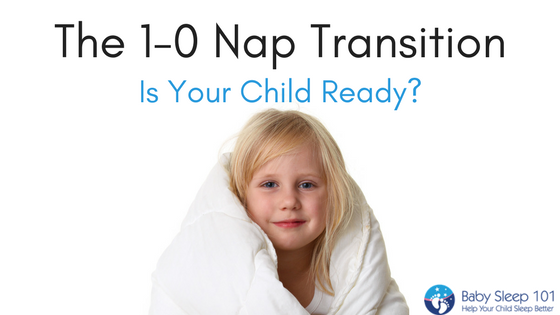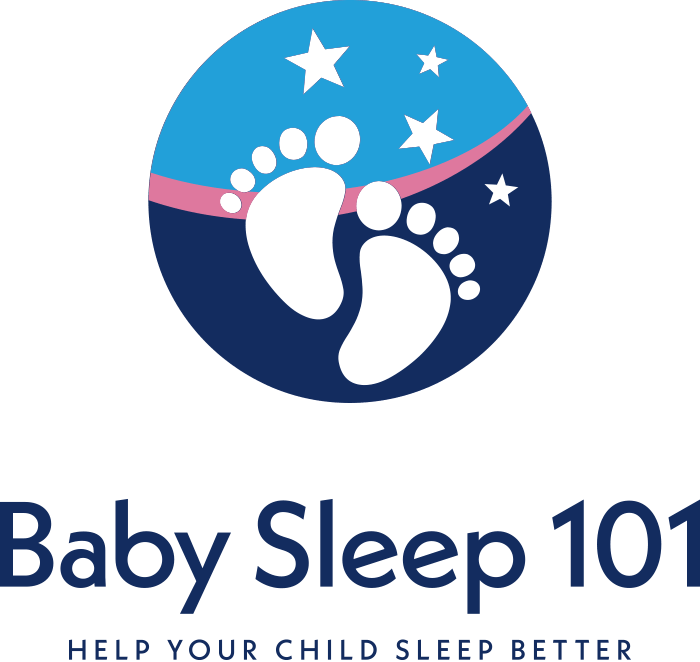Your Child’s Secret for Back to School Success
At the start of the school year, a myriad of tips, tricks and advice bombards social media feeds and magazine articles with the goal of helping students start off the school year on the right foot.
Unfortunately, a fundamental component for a successful school year is frequently missing from these tips, yet it effects students of all ages.
And that one missing piece?
Getting enough sleep.
Without a healthy sleep routine, all other “advice” isn’t as effective.
Sleep is one of the three pillars that contribute to a healthy lifestyle, along with diet and exercise.
In order for a child to be able to reach their full learning potential, each of those three pillars needs to be respected and embraced. Unfortunately, sleep is sometimes last on the list of priorities amidst a family’s busy life.
Occasionally, adults believe they can get by on less than ideal amounts of sleep. As a parent and former teacher, I understand and can relate to this notion, but as a pediatric sleep consultant, I can tell you that the same is not true for children.
If a child is tired, studies have shown that their memory, cognitive growth, social interaction and mood can all be negatively impacted.
However, with the new school year here, we can view this time as an opportunity to help our students to have a positive school year; beginning with their sleep habits.
Here are a few tips to help the students in your life sleep better:
The Right Time on Bedtime
1. Encourage children to get to bed at an age appropriate time that allows for the maximum amount of night sleep required. Most elementary children do not “sleep in” unless they are exhausted and are beginning to experience sleep deprivation. Rather, they wake up around the same time in the morning regardless of what time they went to bed. With this in mind, and knowing that many children still need 11-12 hours of sleep at night, bedtime should be determined by counting backwards from the child’s natural morning wake up time. Chances are; this means a child needs to be asleep between 7-7:30 p.m. for preschoolers and 7-8:00 p.m. for the early years of elementary school.
Eliminate Electronics
2. Electronic devices emit blue light that can impact melatonin secretion which is released by the body to help us sleep. Students should be encouraged to turn off all electronics at least 90 minutes prior to bed so that their natural body chemistry can work its magic.
Soothing Slumber
3. To further help children to get a good night’s sleep, creating a nightly wind down routine or pre-sleep ritual is important. This can be as simple as a warm bath, followed by reading a few books before bed, but when repeated nightly, it functions as a cue to the child’s body and brain that it is time to sleep.
When students are well-rested, they are able to start their school day off right. Encouraging students to respect their need for sleep is a great way for them to have Grade-A success throughout the year!
Want your preschooler to start sleeping better? Join me for one of my free Facebook Q & A sessions or book a private one-on-one consultation to quickly get your child on a healthy sleep routine.




